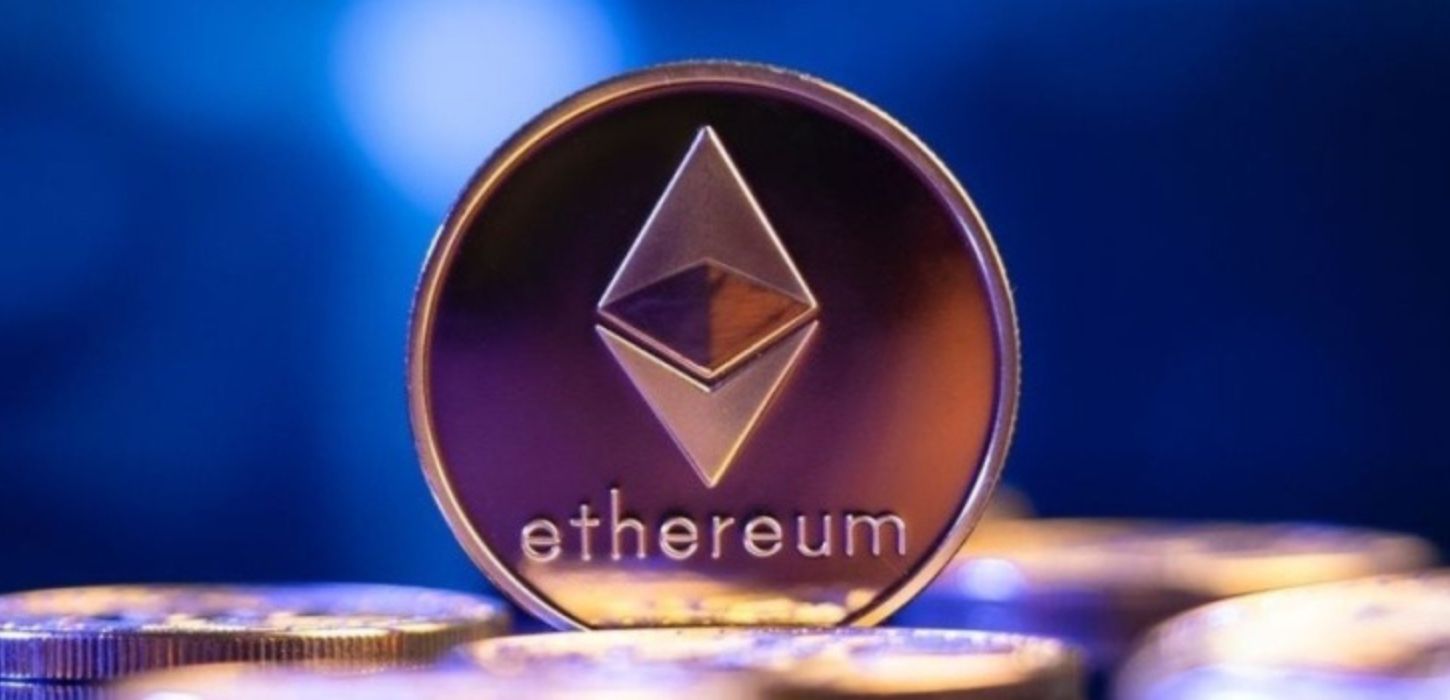Table of Contents
- A Significant Supply Drop
- Spiking Gas Fees
- What’s Behind Ethereum’s Deflationary Trend?
- A Ponzi Scheme?
While financial institutions across the world deal with record levels of inflation, Ethereum is having a dilemma created thanks to deflation.
Despite a significant supply drop, ETH has still not seen any indications of a corresponding price boost.
A Significant Supply Drop
ETH has seen a significant supply drop since Saturday. Data from ultrasound.money has shown a drop of over 4000 tokens. However, the reduction in the supply of ETH has not seen any corresponding price boost so far. In fact, despite the drop in supply, the Ethereum price has also fallen, dropping nearly 4%. Currently, ETH is trading at $1302.
The drop in the supply of ETH marks Ethereum’s first deflationary run since its transition to the Proof-of-Stake consensus mechanism. This means that currently, more ETH is being destroyed, and less ETH is being created.
Spiking Gas Fees
All transactions on Ethereum require gas fees to be paid. These fees play a critical role in Ethereum’s security, preventing the network from being overwhelmed by requests. The more users on the Ethereum network, the higher the gas fee will likely be, with the fees going to validators that process transactions. However, since the introduction of EIP-1559, a portion of the gas fees is required to be burnt to ensure the automation of transaction prices and limit the supply of ETH.
However, since Saturday, the cost and volume of gas fees resulted in more ETH being burned than that being created via staking. Since Saturday, the ETH supply has dropped by 4001 ETH, with the burning rate still outpacing the rate of ETH creation. Meanwhile, gas fees on the Ethereum network have seen a surge of 218%, averaging 35 gwei, with no relief in sight.
What’s Behind Ethereum’s Deflationary Trend?
Ethereum’s curious deflationary trend and the spike in gas fees can be pinpointed to a project on Ethereum called XEN Crypto. Transactions involving XEN crypto currently account for 40% of all gas used on the Ethereum network in the past 24 hours, data from Etherscan has shown. XEN was created by crypto influencer and former Google engineer Jack Levin, who described it as a “universal cryptocurrency” that holds “no intrinsic value.” He added that the cryptocurrency would accumulate value as more users join the project and participate in the minting of the asset.
A Ponzi Scheme?
The token only debuted over the past weekend and had no initial supply. However, the token was free to mint, and users must pay only the gas fees when minting the XEN token. The XEN price surged on Sunday, rising from a fraction of a cent to $1.04. Within minutes of the surge, the price plummeted once again, dropping to near zero, where the value remains. XEN minters have so far paid over $2 million in gas fees.
Twitter users soon got wind of the project and began labeling the XEN token a Ponzi scheme, stating,
“30% of net ETH issued gone in the past few days mostly thanks to XEN. Lessons: - A few clever Ponzi schemes & there’s no ETH left. - If you burn ETH supply, holders are much slower to criticize.”
Another user, Sisyphus, added,
“I mostly find XEN interesting because it’s a Ponzi that relies on people believing in whatever this is and continually buying into the token. It’s making eth deflationary, and the usual suspects who I would have expected to be sybilling this aren’t.”
However, XEN’s Litepaper is critical of tokens encouraging pump-and-dump schemes and states that XEN’s tokenomics will solve the problem.
Disclaimer: This article is provided for informational purposes only. It is not offered or intended to be used as legal, tax, investment, financial, or other advice.
Investment Disclaimer










